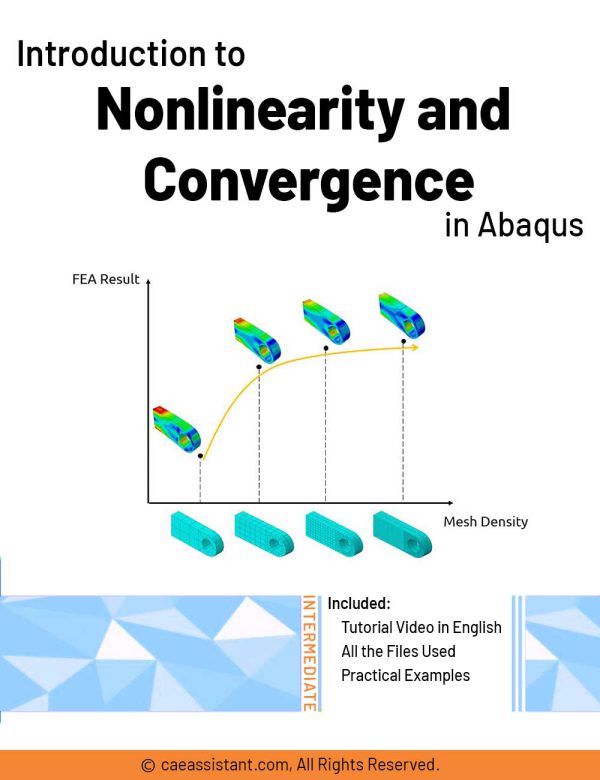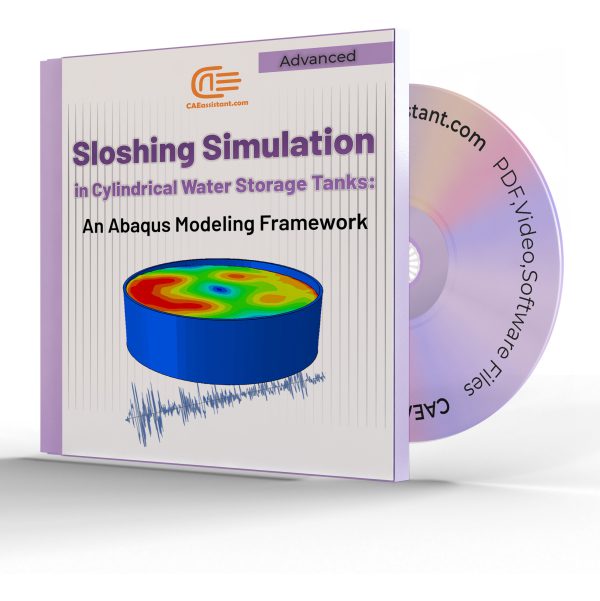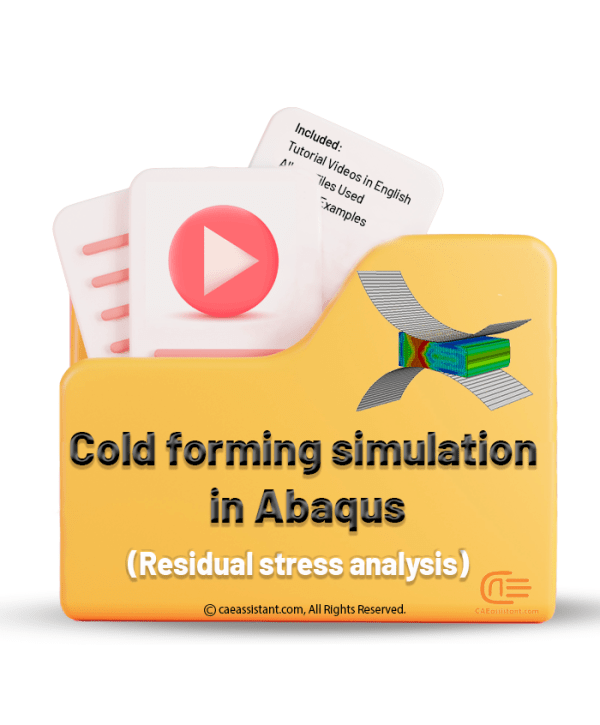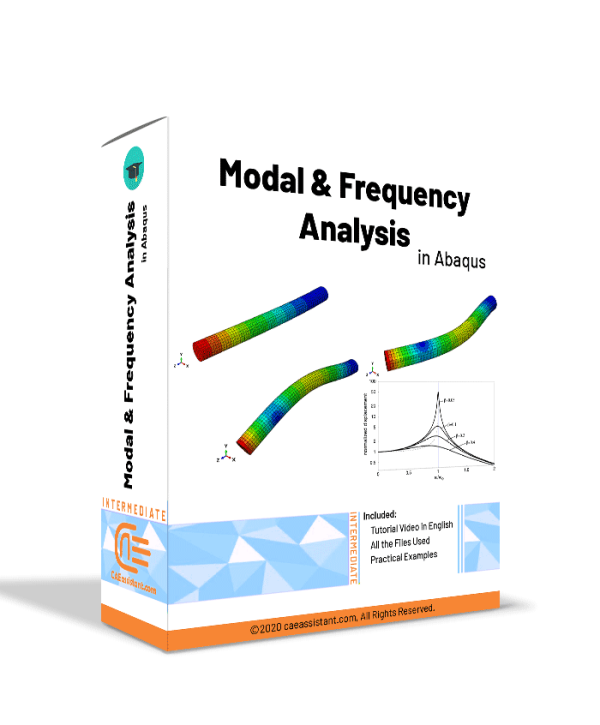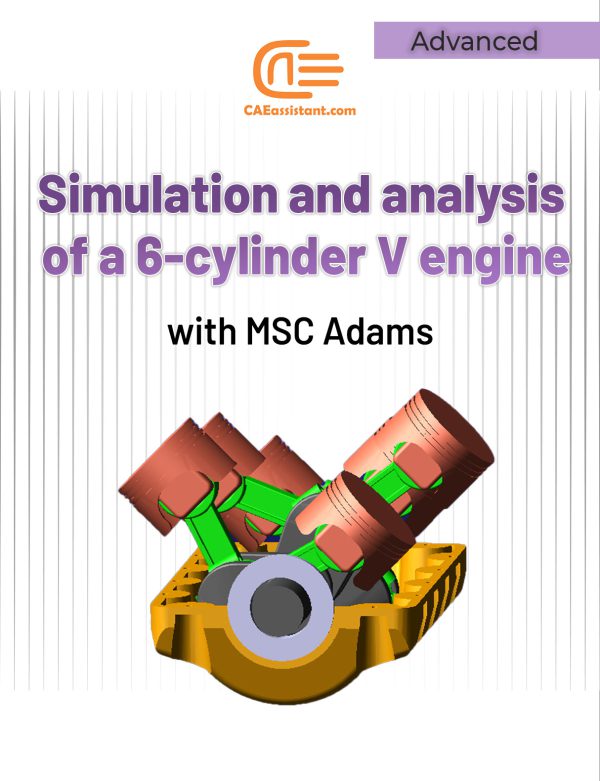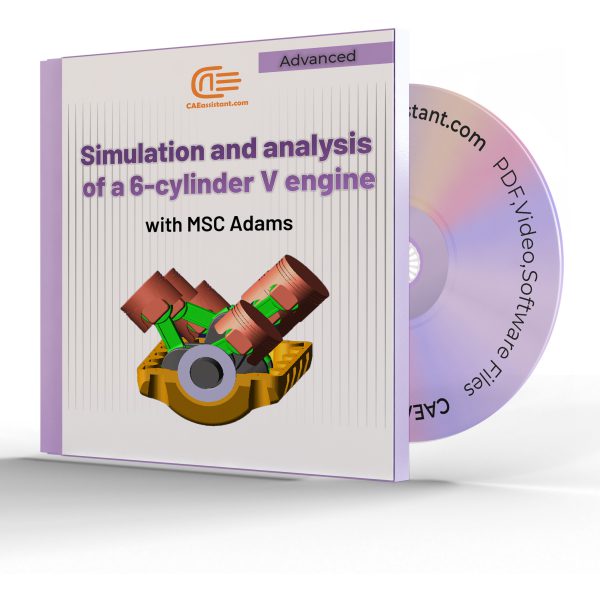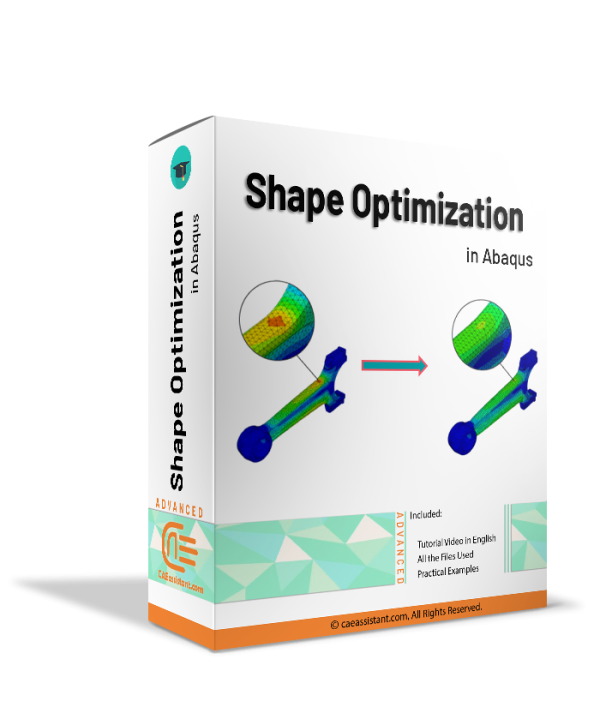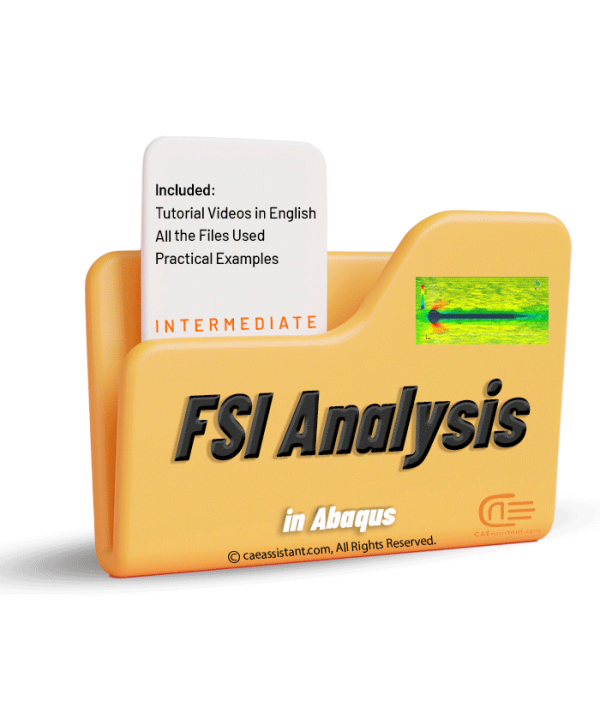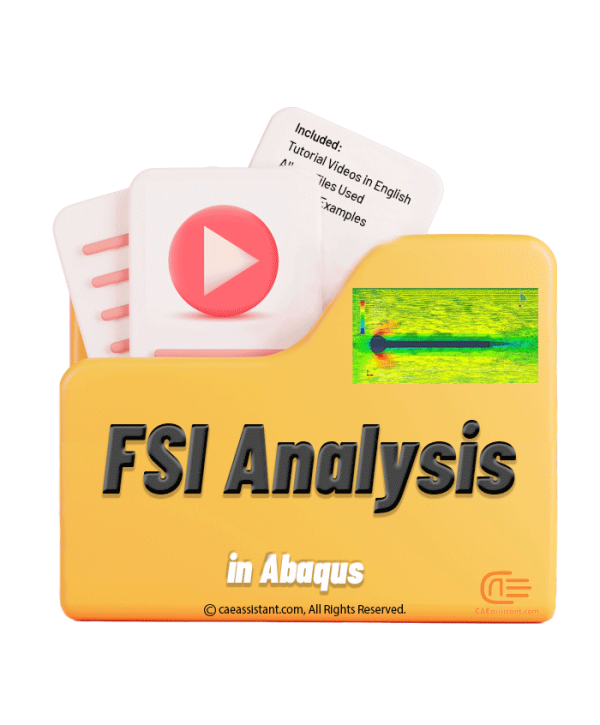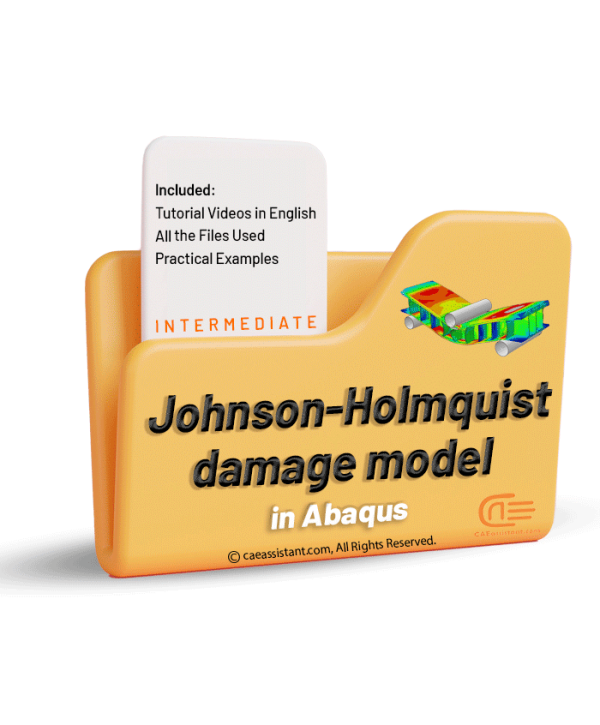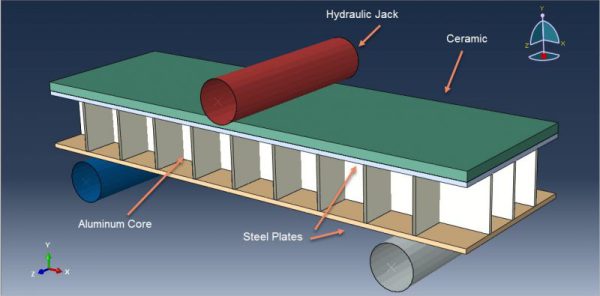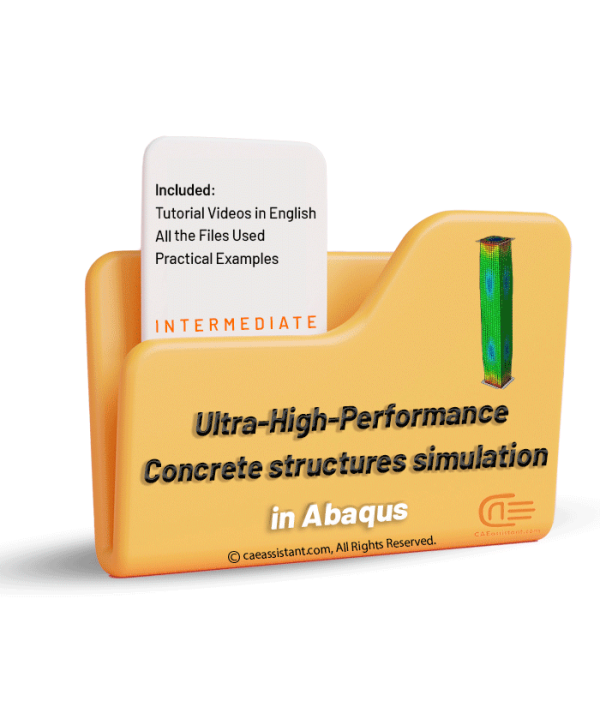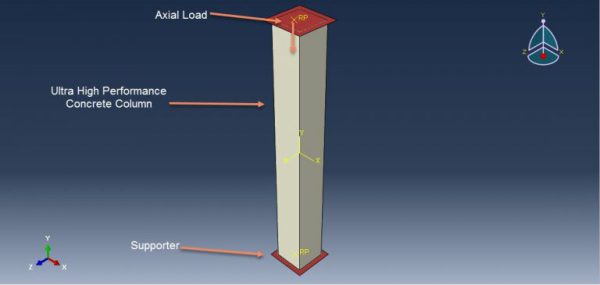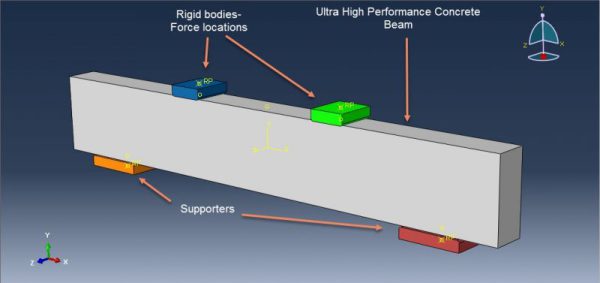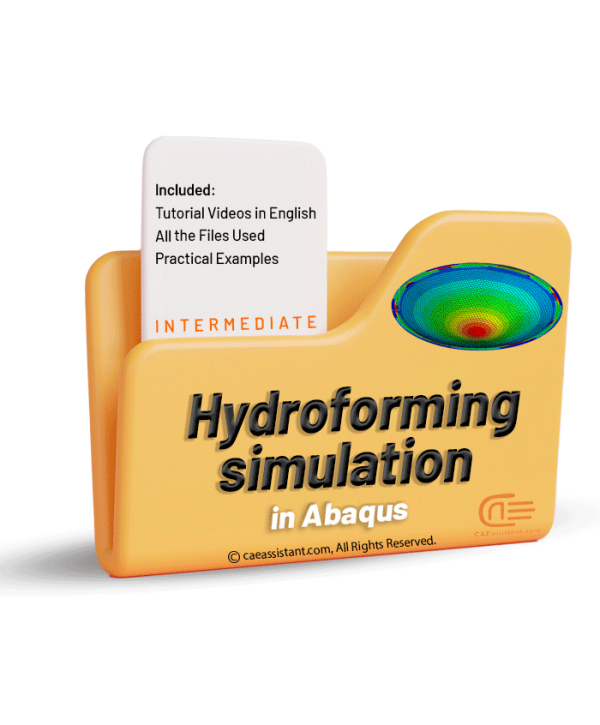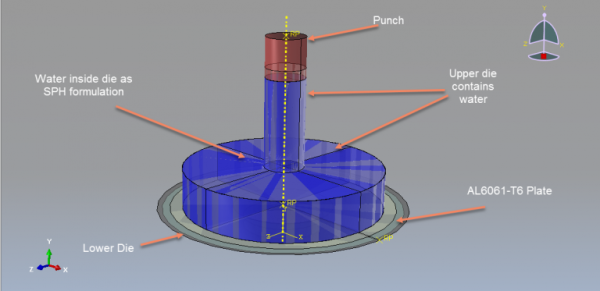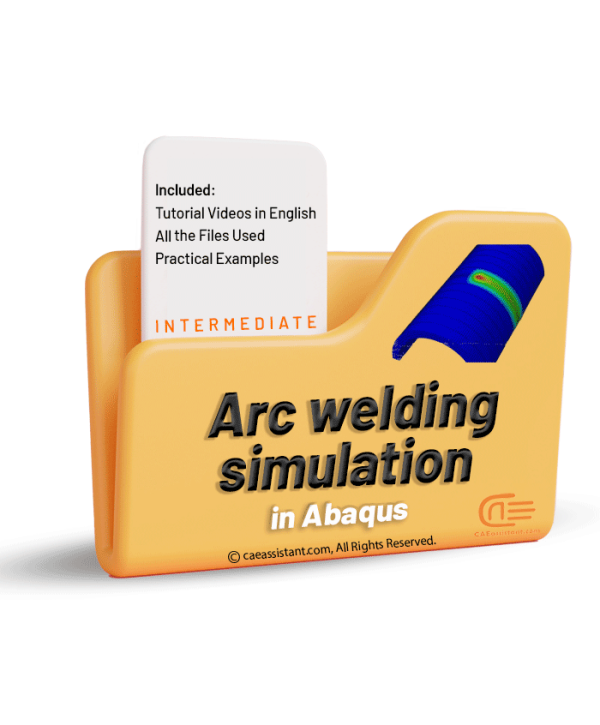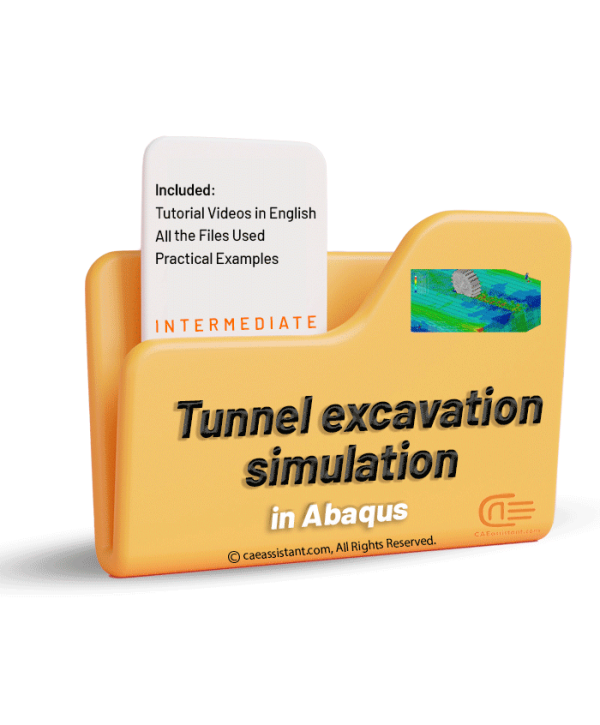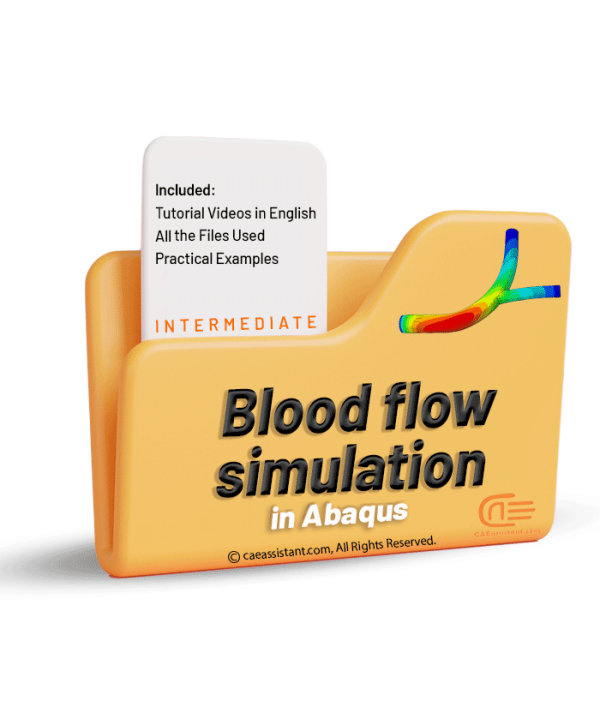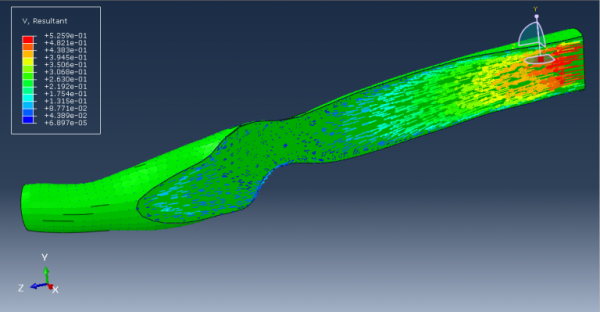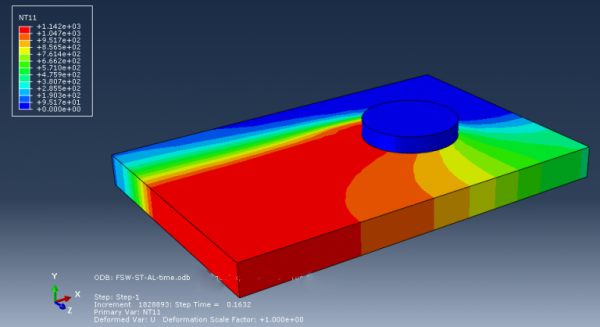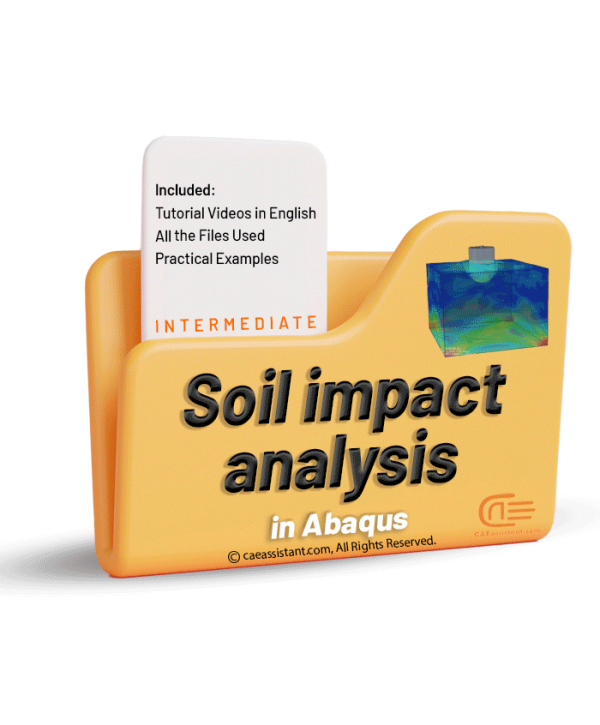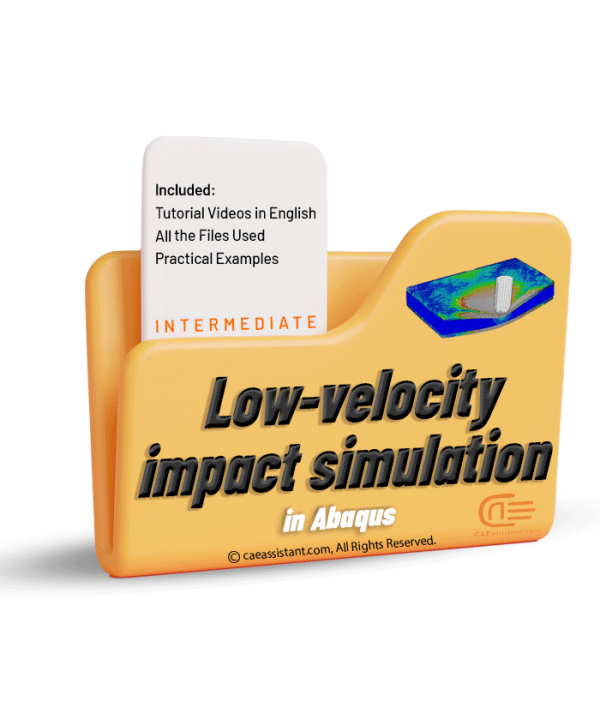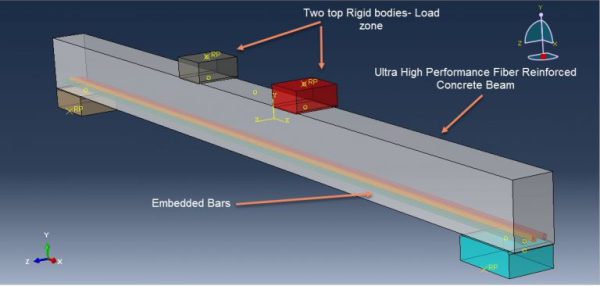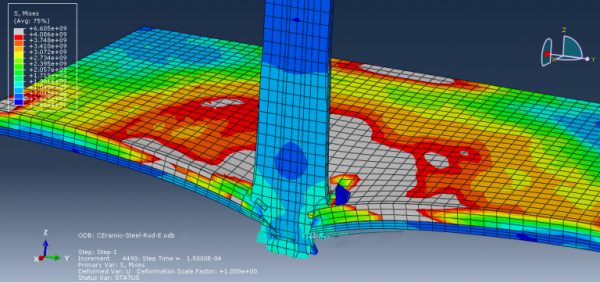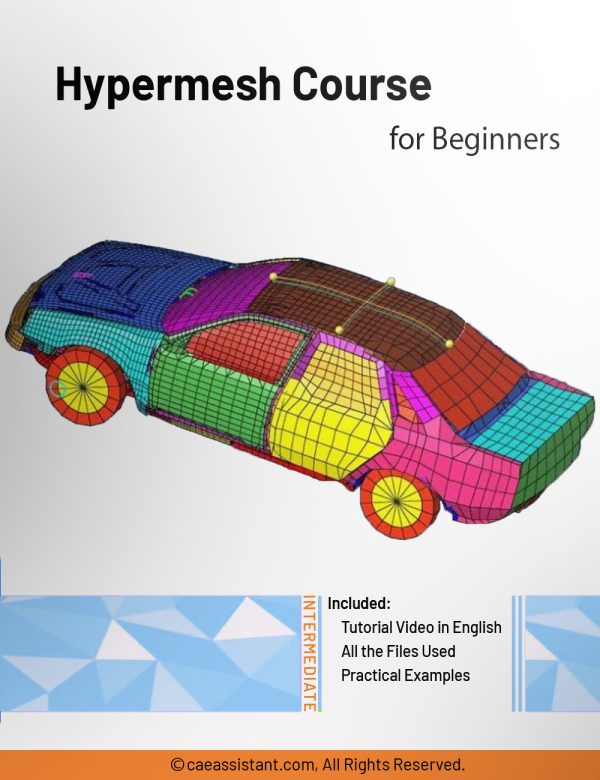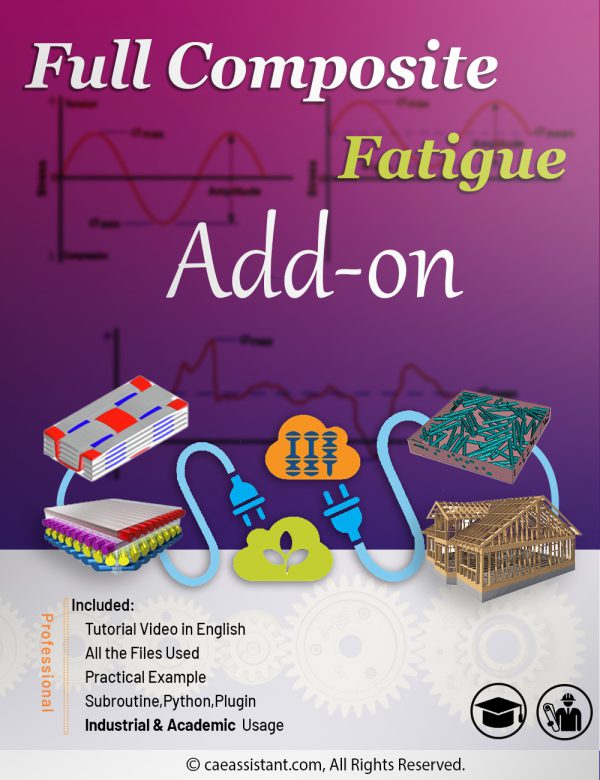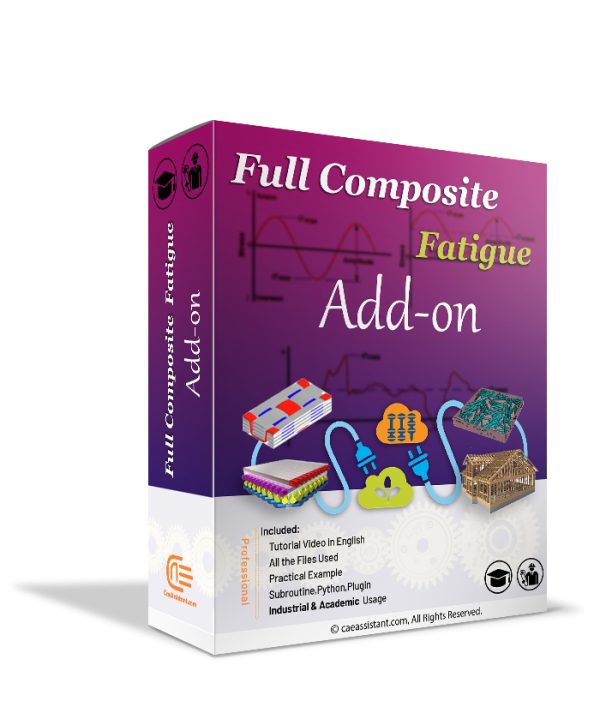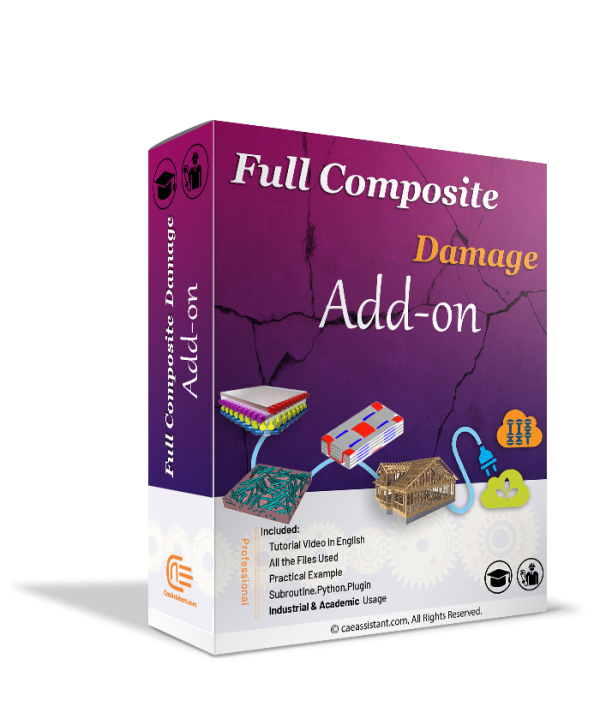Abaqus convergence tutorial | Introduction to Nonlinearity and Convergence in ABAQUS
This package introduces nonlinear problems and convergence issues in Abaqus. Solution convergence in Abaqus refers to the process of refining the numerical solution until it reaches a stable and accurate state. Convergence is of great importance especially when your problem is nonlinear; So, the analyst must know the different sources of nonlinearity and then can decide how to handle the nonlinearity to make solution convergence. Sometimes the linear approximation can be useful, otherwise implementing the different numerical techniques may lead to convergence.
Through this tutorial, different nonlinearity sources are introduced and the difference between linear and nonlinear problems is discussed. With this knowledge, you can decide whether you can use linear approximation for your nonlinear problem or not. Moreover, you will understand the different numerical techniques which are used to solve nonlinear problems such as Newton-Raphson.
All of the theories in this package are implemented in two practical workshops. These workshops include modeling nonlinear behavior in Abaqus and its convergence study and checking different numerical techniques convergence behavior using both as-built material in Abaqus/CAE and UMAT subroutine.
Sloshing Simulation in Cylindrical Water Storage Tanks: An Abaqus Modeling Framework
Cold Forming Simulation Using Abaqus CAE | Residual Stress Analysis
Modal and Frequency Analysis in Abaqus | Abaqus modal Analysis
Mixing tank simulation with Ansys fluent(2D and 3D)
Simulation and analysis of a 6-cylinder V engine with MSC Adams
Johnson-Holmquist damage model in Abaqus
Ultra-High Performance Concrete (UHPC) structures simulation in Abaqus
Ultra-High Performance Concrete (UHPC) beams simulation in Abaqus
Abaqus for Civil Engineering Part-1
Hydroforming simulation in Abaqus
Arc welding simulation in Abaqus
Tunnel excavation simulation using TBM in Abaqus
Friction Stir Welding (FSW) Simulation in Abaqus
Soil Impact Analysis in Abaqus
Low-Velocity Impact simulation in Abaqus
Ultra-High-Performance Fiber Reinforced Concrete (UHPFRC) structures in Abaqus
High-Velocity Impact Simulation in Abaqus
Hypermesh Course for Beginners
Full Composite fatigue Add-on (Academic and industrial usage)
Full Composite damage Add-on (Academic and industrial usage)
